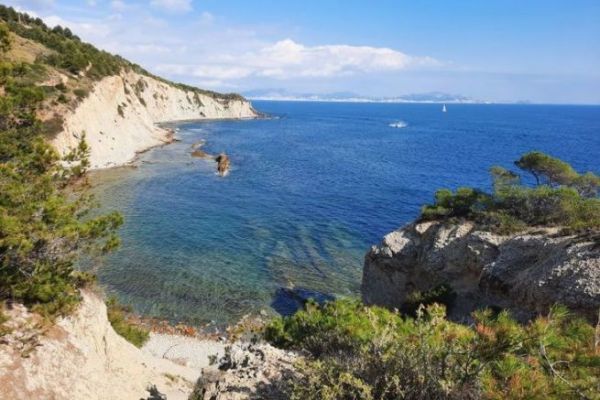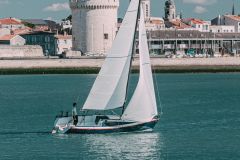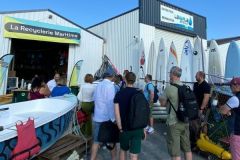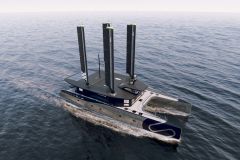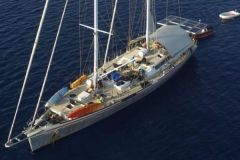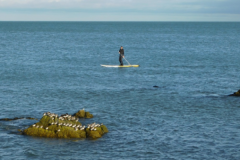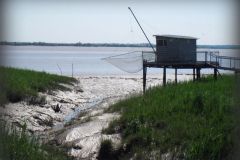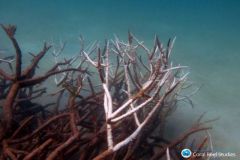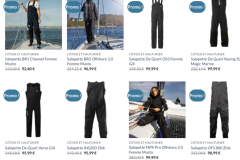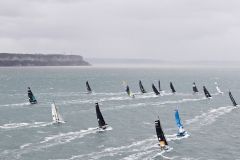A local initiative
Founded in 1983, the Côte Bleue Marine Park has its origins in the initiative of local players associated with professional fishermen keen to preserve their working environment.
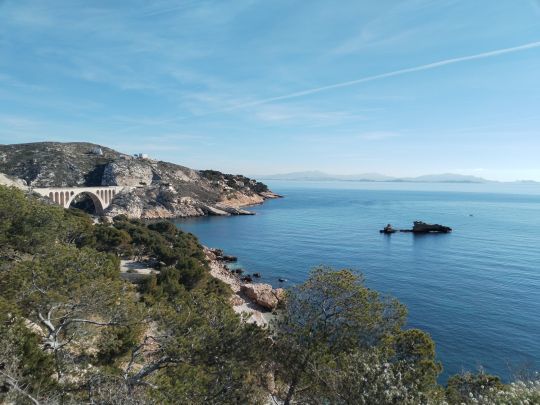
The first projects were set up as early as 1985, with the installation of artificial reefs for production and protection in the coastal strip between Niolon and Sausset-les-Pins, based on European funding.
In 1993, the reserve was extended to cover the entire coastal strip between Marseille and Martigues.
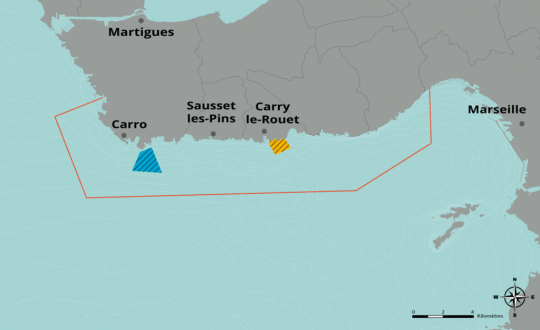
In 2000, the creation of the "Syndicat Mixte Parc Marin de la Côte Bleue" gave the park the legal status of a public establishment, involving local authorities and ensuring the long-term future of the structure, which was followed in 2003 by the creation of a scientific council.
In 2018, the park was included on the green list of the International Union for Conservation of Nature (IUCN). This label recognizes the effectiveness of the governance and management of certain protected areas.
A return to biodiversity
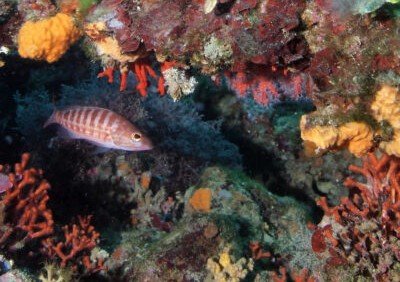
The park comprises two sanctuary zones where fishing, scuba diving and anchoring are prohibited, all included in a larger Natura 2000 zone. These are located off Carry-Le-Rouet and Cap Couronne.
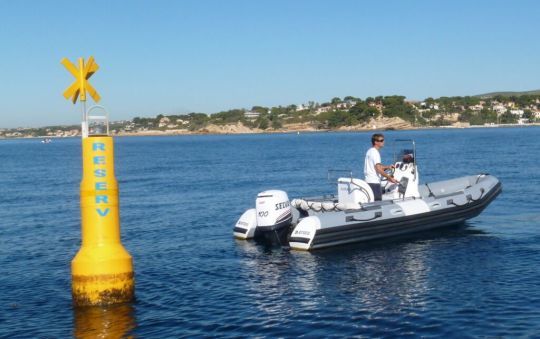
Marked by buoys and mentioned on SHOM charts, these two highly regulated zones have become models of biodiversity in a Mediterranean that has suffered greatly from human activity.
The park's missions
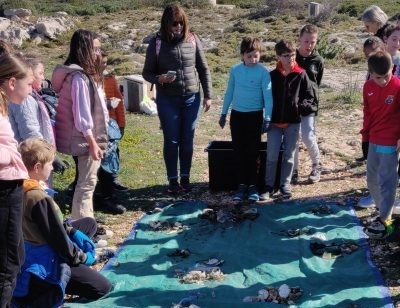
The Park has multiple objectives. Its main missions are to understand and manage the territory, but also to raise awareness and educate schoolchildren. Since its creation, almost 27,000 schoolchildren have been made aware of the cause, as Marie Bravo-Monin explains:
" Throughout the school year, we explain to students all the jobs related to the sea and marine biodiversity. We try to make them aware of the parallels between land and sea. Because everything is linked. We reproduce actions on land and at sea, or vice versa".
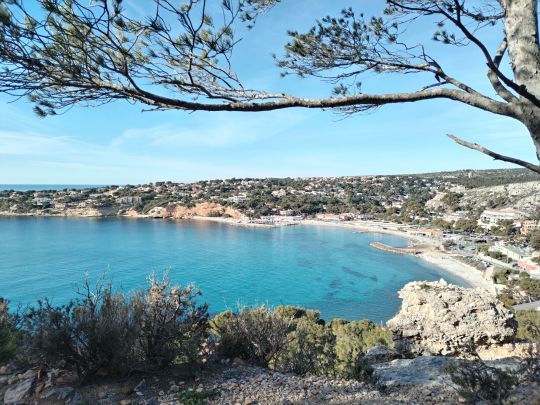
A network of sentinels is on the lookout for any behavior that could jeopardize the park's health, particularly during the summer months.
"As is the case all along the French coastline, tourist and marine traffic is on the rise during the summer months. Boats are getting bigger and bigger, and we are carrying out awareness and communication campaigns aimed at the general public and boaters. We're here to exchange ideas, not to punish. But we are in constant contact with the Affaires Maritimes, the Gendarmerie Maritime or the Police Municipale, depending on the area concerned. Our aim is to take advantage of the environment in a spirit of harmony, while limiting conflicts of use".
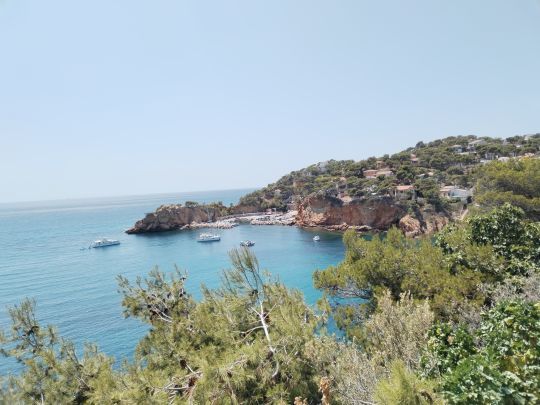
And bad behavior has serious consequences for certain species:
"In the off-season, sea urchin fishing is very popular in the area. But the survival of the species is endangered by the behavior of poachers. One team arrested recently had collected almost 1,000 sea urchins in just a few hours!"
In summer, the team also offers the general public the chance to discover the seabed:
" Every summer in July and August, guided surface tours are organized in the Carry-le-Rouet marine reserve.
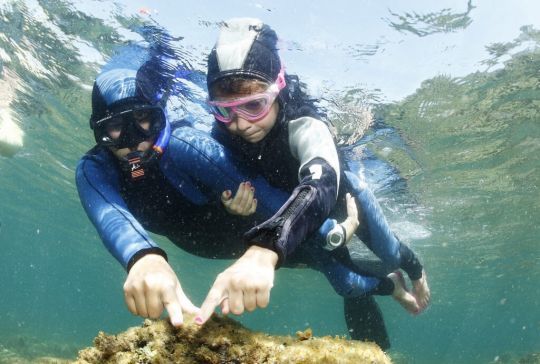
The aim of this free activity is to use a mask and snorkel to discover the richness of the small coastal seabed, and to raise awareness among Côte Bleue visitors of the role and importance of a marine protected area. "
A scientific approach
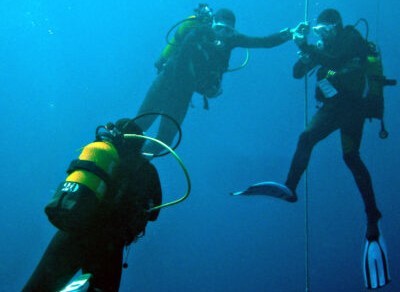
In collaboration with the Centre océanographique de Marseille and Ifremer, the team carries out various scientific research studies every year. Comprising 8 employees, all professional divers, it also looks after the largest Posidonia meadow in the Bouches du Rhône region.
"Posidonia is a "keystone" species, essential for oxygen production. It must be protected because it grows slowly, at around 2 to 3 cm per year. It is a natural shelter for many species. But it is very sensitive to temperature variations. In 10 years, the Park team has observed a 2-degree rise in water temperature in winter".

 /
/ 